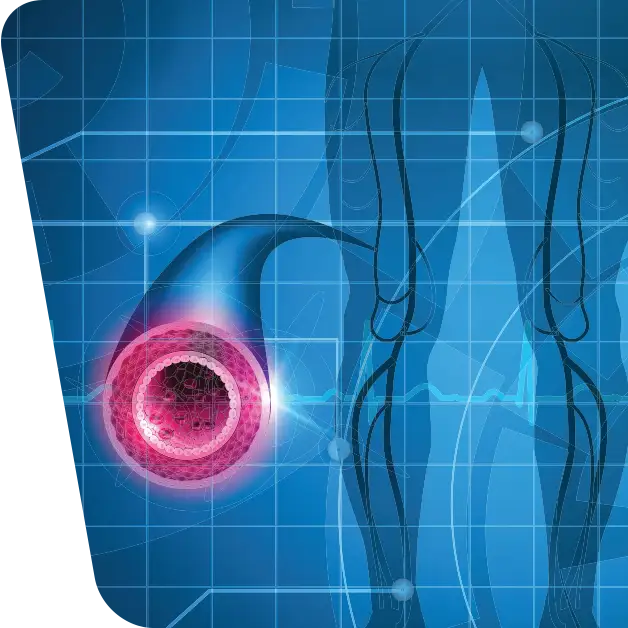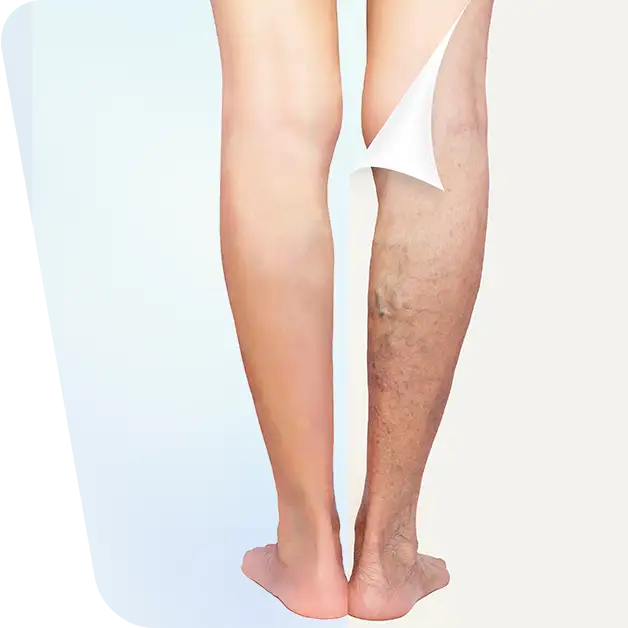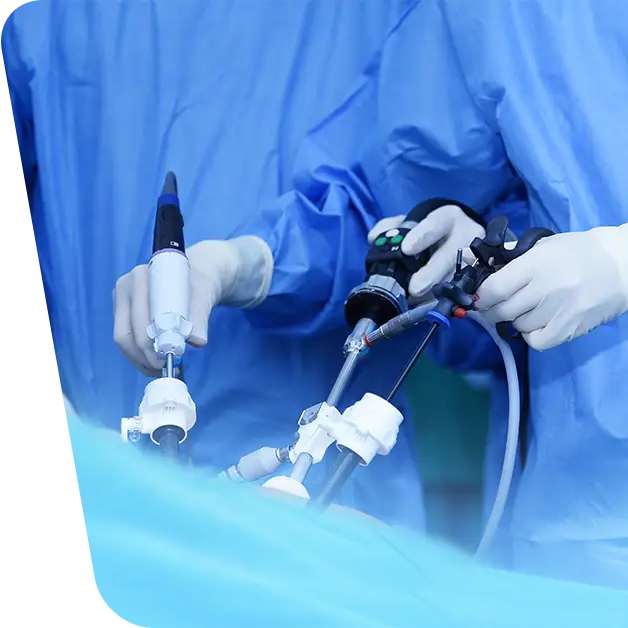Breasts are the mark of femininity, symbolizing a woman’s beauty and sensuality. Over time, after pregnancy or breastfeeding, weight fluctuations or various hereditary causes, they can lose their former shape and firmness. Whatever the cause of these changes in breast conformation, they can have a negative psychological impact, affecting a person’s self-confidence and quality of life. If you find yourself in these situations, a surgical procedure called mastopexy or a breast lift is the right solution for you.
Table of contents
ToggleWhat is mastopexy (breast lift)?
Mastopexy, also called a breast lift, can help you by removing excess skin and tissue from your breasts to restore their lost shape and firmness. It is important to know that mastopexy can reduce the size by about a cup, but improves the appearance of the breasts.
Recommended article: Lipoma – What you need to know about it. Symptoms, Causes, Treatment.
What is breast lift surgery?
There are several procedures used by the plastic surgeon to perform the breast lift. The technique used will be chosen according to the current size and shape of the breasts and the desired result.
Breast lift surgery follows broadly predetermined steps. First, the surgeon will mark the new position of the nipple and the new shape of the breasts to guide him during the operation, after which he prepares you for the operation by performing a general anesthetic. The surgeon will make an incision around the areola, which he usually extends to the bottom of the breast, after which, he will lift and reshape the breasts. He will move the areola into the correct position for the new breast shape and remove any excess skin to provide firmness. Finally, the incisions will be closed with sutures in places where they will be less visible.
You may opt to have breast implants inserted during mastopexy surgery. This will result in an increase in the size of the breasts as they are lifted. For safety reasons, some surgeons will not do the two procedures at the same time. If this is the case, you will undergo the lift first and the augmentation will follow weeks to months later. This “staging” is to prevent any nipple loss or necrosis.
How do we prepare for mastopexy surgery?
Before the operation begins, you will be consulted by a cosmetic surgeon, with whom you will discuss the desired procedure. During the consultation you will be asked about your medical history, operations you have had, treatments taken and allergies. It is important for the doctor to know if you have a family history of breast cancer. In some cases he or she may need to see the results of a mammogram to rule out any risk and to assess the changes taking place in the breast tissue before and after breast lift surgery.
During the consultation, the doctor will also do an objective examination to assess the current shape of the breasts, the quality of the skin and make decisions about the procedure.
Before undergoing this procedure, you should take certain steps to minimize the risks. Avoid smoking before surgery as it can decrease blood flow and make the healing process more difficult. Also, if you are on medication, consult your doctor about stopping it.
You should avoid aspirin or other anticoagulants, anti-inflammatory drugs, or herbal supplements, which may increase the risk of bleeding during or after surgery.
What to expect after mastopexy?
After surgery, your breasts may be sore and possibly painful for the first few weeks. Pain relief may be helped by taking painkillers and applying ice to the sore and painful area.
You will need to wear a surgical bra for two to three weeks after the operation and will need to sleep on your back, leaning against the wall to keep your chest elevated.
The pain, bruising and swelling should go away after a few weeks. It can take between 2 and 12 months to reach the final breast shape.
Avoid heavy lifting and strenuous exercise for two to four weeks after surgery. Also, postpone resuming sexual activity for at least one or two weeks and discuss with your doctor when it is safe to resume your daily activities.
Are there any risks associated with mastopexy surgery?
As with any other operation, mastopexy comes with risks, including:
- Changes in nipple or breast ability to feel. While the feeling usually returns within a few weeks, there is also a risk of permanent loss of it in the area.
- Asymmetry in breast shape and size. This could occur as a result of changes during the healing process.
- Difficulties with breastfeeding. While breastfeeding is usually possible after surgery, some women may experience difficulty producing enough milk.
Common with other surgeries, mastopexy (breast lift) carries a risk of bleeding, infection, blood clots, or adverse reactions to the anesthetic or other materials used during or after the procedure. It is therefore important to have a discussion with your surgeon before making a decision, in order to calculate the risks and benefits.
After breast lift surgery, talk to your doctor if:
- Your breasts become red and feel warm to the touch.
- You have a fever over 38 Celsius degrees.
- Blood or other fluid continues to flow through the incision.
- Chest pain or shortness of breath occurs.
Aesthetic surgery and cosmetic surgery improve the aesthetics of various parts of the body, aid in weight loss, delay the effects of aging and, why not, combat depression and self-dissatisfaction and help restore self-love.
Venart Clinic helps you to maintain your health, youth and beauty for a long time to come! Find out more in the plastic surgery section of our clinic.







